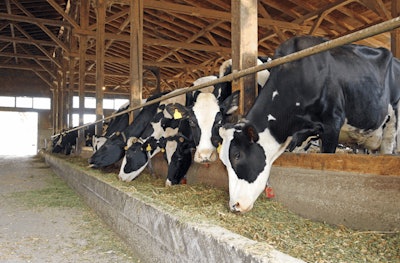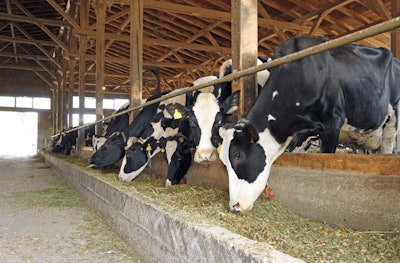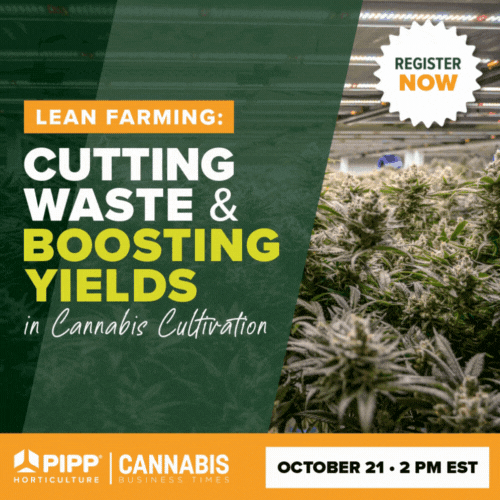

Food is essential to all things living, yet the pure scale of the many industries that directly influence its supply chain tends to go unnoticed. The U.S. agriculture industry, including feed grown for animals, contributes more than $1 trillion annually to the U.S. Gross Domestic Product (GDP). The U.S. and China are by far the two largest consumers and producers of animal feed in the world. Animals in the U.S. alone consumed more than 230 million tons of feed in 2016, which resulted in approximately 52 billion pounds of livestock and poultry protein. And the market is growing. “The U.S. animal feed market is expected to grow at a CAGR [compound annual growth rate] of 2.40% … to reach $83.663 billion in 2024 from $72.568 billion in 2018,” according to Research and Markets.
In the U.S., demand for the animal feed market consists of nine different animals, according to All About Feed, all with unique and specific dietary needs. Cows and chickens remain staples of U.S. protein production, comprising approximately half of the animal feed industry’s demand. The one consistency amongst the entirety of the animal feed industry is that, as a whole, it depends on finding and maintaining a cost-competitive nutritional profile for the animals to flourish. Given those factors, hemp has potential to compete with existing animal feeds.
Animal Feed Basics
Products such as dried distillers grains (DDGs, a byproduct of the corn ethanol industry), soybean meal, barley and wheat middlings are consistently substituted for each other in animal feed. Protein price inputs are paramount to which feed is selected, opening the door for additional feed products to enter the market. Buyers are first concerned with the amount of protein and fat of the feedstock, as it affects the quantity required for healthy animal growth and thus affects the price.
The animal feed market has long benefitted from byproducts from other industries. DDGs as an animal feed source is the prime example of creating additional value through marketing a byproduct. DDGs are a cereal byproduct of the corn ethanol extraction process. The resulting byproduct is a protein-rich product that has proven to be an excellent feedstock for cattle. Although DDGs take the spotlight, additional byproducts, such as soybean hulls and rice bran, are all utilized as supplemental feeds.
Ethanol production took off in the early 2000s, and DDG production subsequently took off with it. According to the U.S. Grains Council, more than 11 million tons of DDGs are traded worldwide, with the U.S. as the production leader. However, ethanol production dramatically dropped in the second quarter of 2020—an unfortunate effect of diminished gasoline demand from consumers who are staying home amid the COVID-19 pandemic. If DDG production remains depressed, procurement managers will be forced to look at suitable alternatives.
What does this mean for the hemp industry? Hemp has yet to tap into the animal feed sector domestically or globally, but it has all the makings of a competitive ingredient. It will primarily be seen as a potential substitute for traditional feed inputs as hemp grain production increases and economies of scale make it more price-competitive versus traditional DDGs and other feeds. Still, as with many things regarding hemp, the industry has significant legislative hurdles to clear before widespread adoption.Hemp as a Feed
Hempseed oil has been well documented throughout history as a relatively inexpensive and nutrient-rich ingredient for both humans and animals. In addition to pressing the seed to create oil, it can be made into cake and meal as a solid food form as well.
Hempseed products are high in fatty acids, protein and fiber, and are shown to be a good source of a variety of minerals. Historical, anecdotal evidence of hempseed as a food ingredient in human and animal diets alike, as well as recent studies, have shown significant promise for hemp to be reintroduced as a feed ingredient.
The Swedish University of Agricultural Sciences, for example, conducted a study in 2010 on how adding hempseed cake into dairy cows’ diets would affect the milk production and composition. Researchers gave 40 Swedish Red dairy cows varied amounts of hempseed cake over a five-month study; in the end, the milk showed positive results for increased nutritional value. In addition, in 2015, the University of Manitoba studied the effects of feeding hempseed and its oil on hens’ egg yolk composition. The study found enrichment of the omega-3 fatty acid content in the yolks.
Although hempseed will be the primary focus of the industry’s efforts to enter the feed market, the opportunities for hemp in animal feed do not end there. Due to the similarities between the corn ethanol extraction process and the hemp cannabidiol (CBD) extraction process, initial research is in the works to assess the viability of extracted biomass as an additional animal feed source. Questions remain about residual solvents and contaminants, which would differ in nature from one extraction method to the next (i.e., ethanol v. hexane).
Regulatory Hurdles
Incorporating hemp into animal feed, however, is subject to a number of challenges familiar to the hemp industry, not the least of which includes the negative stigma associated with anything related to cannabis.
Adding extracted biomass to feed comes down to a litany of regulatory hurdles with the Center for Veterinary Medicine (CVM), a branch of the U.S. Food and Drug Administration (FDA) that regulates food and drugs given to animals.
The CVM is in the works of processing the application and conducting studies into the viability of extracted biomass’s safe use. If the proper research and regulations fall into place, this could be an immense opportunity for the cannabinoid extraction side of the industry to add to the bottom line through marketing byproducts, but it would need to play by the FDA’s rules.
Due to the pending FDA regulations on CBD and other cannabinoids, a drug classification could pose an additional obstacle to adding extracted biomass to animal feed. Specifically, animal feed sources that contain an FDA-approved drug could be marketed as such but would need to follow specific rules set under the Code of Federal Regulations. The main restriction under that code is that certain feed producers and their facilities would need to be registered with the FDA.
Different portions of the hemp plant also need to be cleared for safe consumption by the Association of American Feed Control Officials (AAFCO) to be introduced as a feed ingredient. AAFCO is a nonprofit organization, and its members are government agencies representing U.S. states, the CVM and the Canadian Food Inspection Agency (CFIA). Applications are already underway with the AAFCO to include hempseed oil, hempseed cake/meal, hempseed flour and post-processing byproducts from the hemp plant.
As of June 2020, neither AAFCO nor CVM have updated the public on any progress past the application stage.
Where Hemp-Derived Feeds Can Fit In
The nutritional profile of traditional animal feeds has been standardized over the course of many years. Although standardization has not organically developed for products like hempseed meal, we can draw comparisons to DDGs and soybean meal to see where the hemp-derived feeds need to be on a cost basis to compete.
As with all feeds, specifications vary slightly, but DDGs typically contain 25% to 30% protein. Soybean meal has a much higher protein content ranging from 44% to 49%. Due to the lack of data, quantifying a protein marker for hemp seed meal is difficult. Still, many companies advertise at least 33% protein content, placing the hempseed meal directly between soybean meal and DDGs.
According to Progressive Farmer, a publication from research firm DTN, soybean meal’s cost per unit of protein (a similar calculation to the price per percentage point of CBD in the hemp industry) was $6.08 as of June 18. DDGs’ cost per unit of protein, meanwhile, was $4.96 at that time. Procurement managers for animal feed will keep a close eye on this spread between DDGs and soybean meal prices per unit of protein because competitively buying is an integral part of profitability.
Food for Thought
If the applications with the AAFCO are accepted into ingredient definitions with the FDA, a massive end user hemp market will open with the stroke of a pen. This pivotal shift in the supply and demand dynamic will alleviate a lot of the downward pressure on the hemp industry as a whole. Animal feeds present an immense opportunity for growth for both industrial hemp and cannabinoid producers.
Although hempseed as a feed is beginning to evolve, cannabinoid extraction byproducts may be a further reach.
All in all, everything comes down to relative price and nutritional profile. If it is deemed to be safe and cost-competitive to current feed, the animal feed industry is a logical lateral market for the hemp industry.
















